Under the Sea: Aquatic Crafts for Kids
Welcome to the wonderful world of aquatic crafts, where creativity flows as freely as the ocean tides! This article explores a treasure trove of fun and engaging aquatic-themed crafts that children can create. Not only do these activities enhance their creativity, but they also provide a fantastic opportunity to learn about the fascinating marine life and the underwater world. Imagine your little ones diving into a sea of colors and textures, crafting their very own ocean wonders while discovering the beauty of nature beneath the waves. So, grab your crafting supplies and let’s embark on this exciting journey together!
Aquatic crafts for kids are more than just a fun pastime; they serve as a gateway to learning about the environment and marine ecosystems. Engaging in these crafts fosters creativity and promotes the development of fine motor skills. As children cut, glue, and assemble their creations, they are not only honing their dexterity but also their ability to think critically and solve problems. While crafting, kids can explore various topics such as ocean habitats, the importance of marine conservation, and the different species that inhabit our waters. It's like taking a mini field trip to the ocean without ever leaving home!
Before we dive into the crafting fun, let’s talk about the materials you’ll need. Many of these items can be found right in your home, making it easy and affordable to get started. Here’s a quick list of essential supplies:
- Colored paper or cardstock
- Scissors
- Glue or tape
- Markers, crayons, or paints
- Recycled materials (like plastic bottles, egg cartons, etc.)
- Natural elements (like shells or sand)
By using eco-friendly supplies, you can also teach children about sustainability and the importance of taking care of our oceans. The best part? Crafting can be as simple or as elaborate as you want it to be!
Ready to create some colorful paper fish? This simple yet enjoyable project is perfect for kids of all ages. Start with a few sheets of colored paper. Cut out fish shapes in various sizes and colors. Encourage your children to get creative by decorating their fish with markers, sequins, or even glitter! Once they have designed their fish, they can hang them up as decorations or create a vibrant underwater scene. This craft introduces kids to basic crafting techniques while sparking their imagination. Plus, who doesn’t love a splash of color in their home?
Next up is the ocean-inspired collage, a fantastic way for kids to express their creativity. Gather materials like magazines, colored paper, and natural elements such as sand or shells. Encourage your children to cut out pictures of sea creatures, coral reefs, and ocean landscapes. They can glue these images onto a larger piece of paper or canvas, layering them to create a stunning underwater scene. Not only is this craft visually appealing, but it also teaches kids about the diverse life forms that thrive in our oceans. It's a wonderful way to spark conversations about marine biology and conservation!
Now, let’s get a bit more adventurous with a DIY underwater scene in a jar! This craft allows kids to learn about layering and design while constructing a miniature ocean environment. Start with a clean jar and fill the bottom with sand or small pebbles. Next, add layers of blue-tinted water (you can use food coloring) and then place small toys or crafted sea creatures inside. Seal the jar tightly, and voilà! You have a beautiful underwater scene that can be displayed at home. This project is not only fun but also encourages kids to think about the ecosystems that exist below the surface.
What’s better than crafting? Crafting that leads to imaginative play! In this section, we’ll outline how to make fun sea creature puppets. Using felt or paper, kids can create their favorite sea animals—think colorful fish, playful dolphins, or even majestic whales. Attach them to popsicle sticks or create finger puppets for interactive storytelling sessions. Kids will love bringing their aquatic creations to life through puppet shows and performances, fostering creativity and communication skills.
For a hands-on experience, consider creating a homemade ocean sensory bin. Fill a large container with various textures and materials, such as blue rice or water beads to represent the ocean, along with plastic sea creatures, shells, and even some sand. This activity promotes sensory exploration and imaginative play, making learning about the ocean engaging and interactive. Kids can dig, pour, and discover as they create their own underwater adventures right at home!
In our final craft, we’ll turn plastic bottles into colorful jellyfish! Simply cut the bottom off a plastic bottle and use the top part as the jellyfish’s body. Kids can decorate it with paint, markers, or tissue paper, and then attach streamers or ribbons to the bottom to create the tentacles. This eco-friendly project not only sparks creativity but also teaches kids about recycling and the impact of ocean pollution on marine life. It’s a fun way to raise awareness while crafting!
As we wrap up our aquatic crafting adventure, remember that the goal is to encourage creativity and exploration. Here are a few tips for parents and educators:
- Provide a variety of materials to inspire creativity.
- Encourage kids to express their own ideas and designs.
- Make it a family activity to foster teamwork and bonding.
By engaging in these aquatic crafts, children can create memorable experiences while learning about the ocean and its inhabitants. So, gather your supplies, unleash your creativity, and dive into the world of aquatic crafts!
Q: What age group is suitable for aquatic crafts?
A: Aquatic crafts can be tailored for various age groups, from toddlers to older children. Just adjust the complexity of the projects accordingly!
Q: How can I make these crafts more educational?
A: Incorporate discussions about marine life, habitats, and conservation while crafting. Use the opportunity to teach kids about the importance of protecting our oceans.
Q: What if I don’t have all the materials listed?
A: No worries! Feel free to improvise with what you have at home. The most important thing is to have fun and be creative!
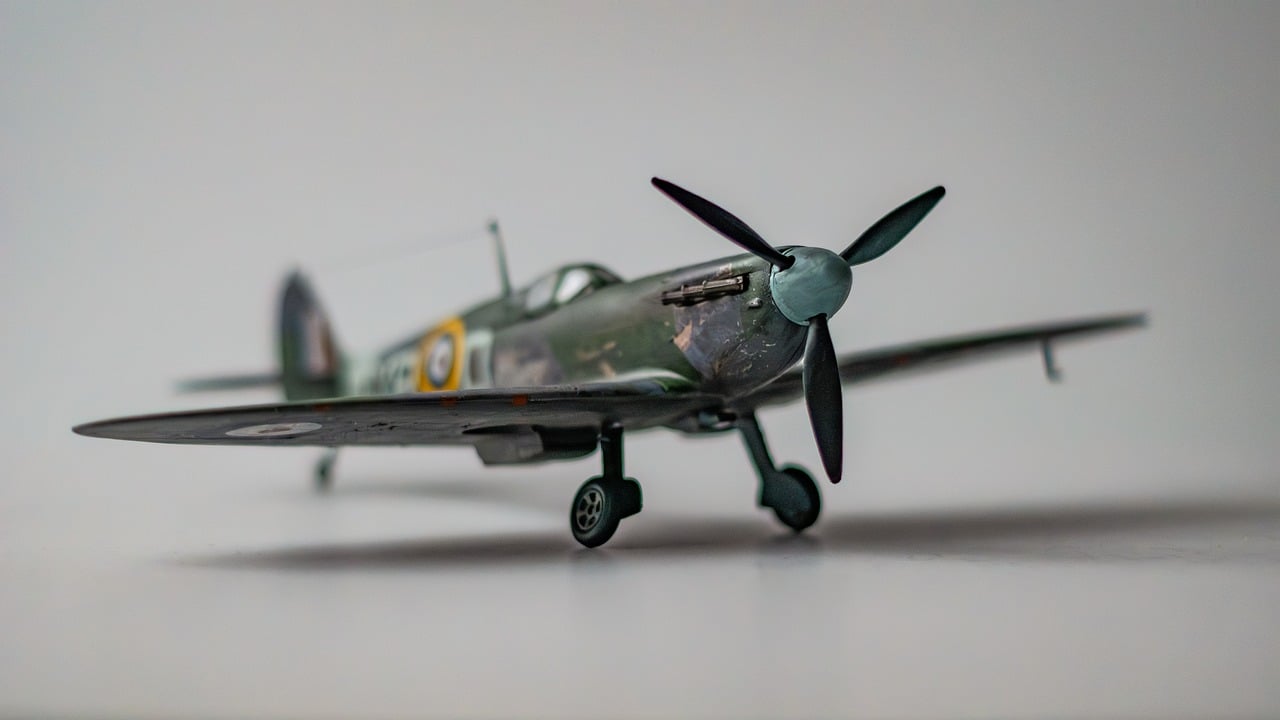
Introduction to Aquatic Crafts
Welcome to the fascinating world of aquatic crafts! These creative projects not only provide a fun way for kids to express themselves, but they also serve an educational purpose that can enhance their understanding of marine life and the ocean ecosystem. Imagine your child diving into a sea of creativity, where each craft project is like a treasure chest filled with knowledge about the wonders that lie beneath the waves. Engaging in aquatic-themed crafts can spark curiosity and inspire a lifelong interest in the ocean and its inhabitants.
One of the most significant benefits of aquatic crafts is their ability to promote fine motor skills. As children cut, glue, and assemble various materials, they develop dexterity and coordination. These skills are essential not just for crafting, but for everyday tasks as well. It's like giving them a set of keys to unlock new abilities! Moreover, these crafts offer a unique opportunity to discuss important topics such as ocean conservation and the impact of pollution on marine life, making them a wonderful blend of fun and education.
In addition to fostering creativity and motor skills, aquatic crafts can also serve as a platform for children to learn about different sea creatures and their habitats. For instance, while creating a vibrant collage of ocean life, kids can discover fascinating facts about jellyfish, dolphins, and coral reefs. This hands-on approach to learning is more effective than traditional methods, as it engages multiple senses and allows for a deeper understanding of complex concepts. So, why not turn crafting time into an educational adventure?
Overall, aquatic crafts are not just about making pretty decorations; they are about diving deep into the ocean of knowledge and creativity. By incorporating these projects into your child's routine, you can help them develop a passion for the ocean while enhancing their artistic skills. So grab your crafting supplies and let’s set sail on this creative journey!
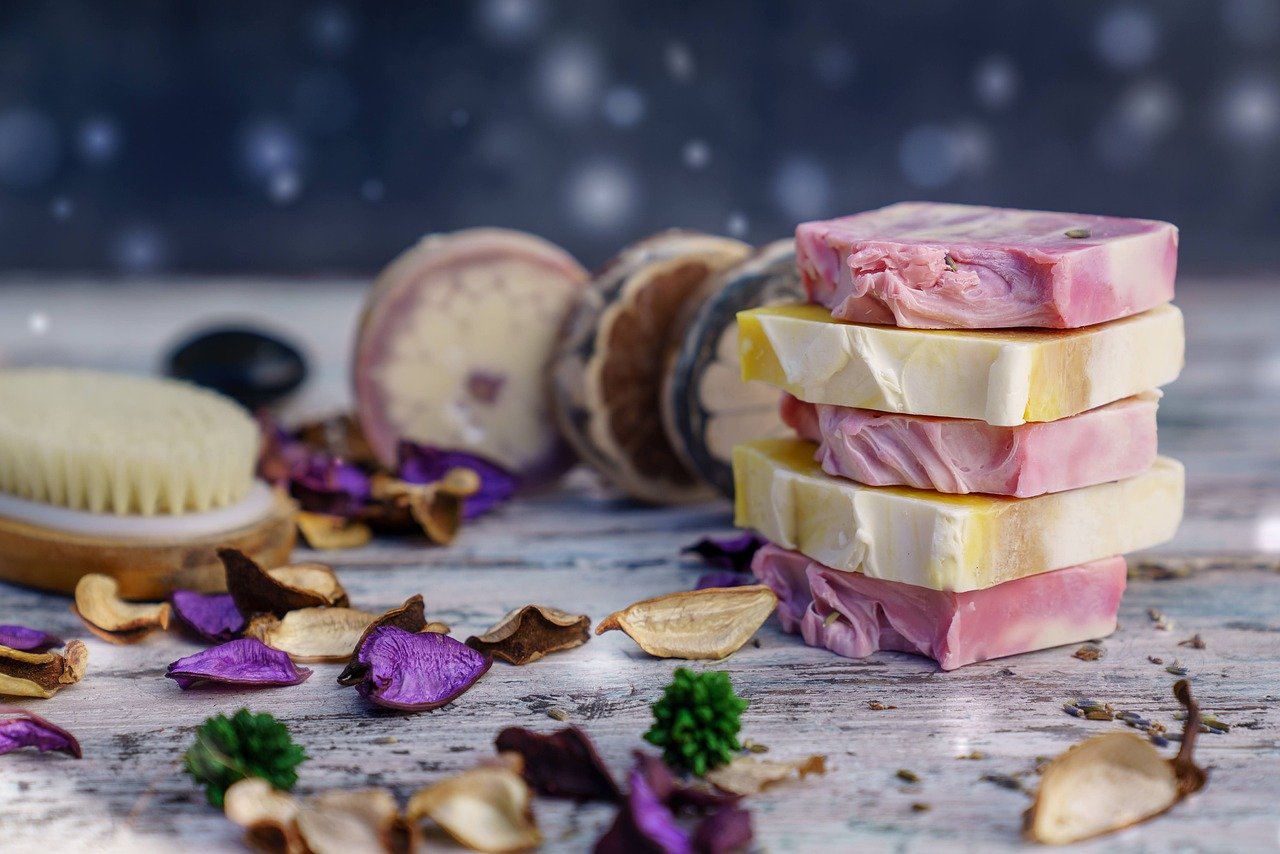
Materials Needed for Aquatic Crafts
When diving into the world of aquatic crafts, having the right materials is essential to ensure that the creative process flows smoothly. Not only do these supplies enhance the crafting experience, but they also allow children to explore their imagination while learning about the vibrant marine life that exists beneath the waves. The beauty of aquatic crafts lies in their accessibility; many of the materials can be found around the house, making it easy for parents and educators to engage children in these fun projects.
To get started, you’ll need a variety of basic supplies that can be used across multiple projects. Here’s a quick rundown of some essential materials that will make your crafting sessions both enjoyable and educational:
- Paper: Construction paper, cardstock, or even recycled paper can be used to create colorful fish, collages, and more.
- Scissors: A good pair of child-safe scissors will allow kids to cut out shapes and designs easily.
- Glue: Whether it’s glue sticks or liquid glue, this is a must-have for assembling various craft pieces.
- Markers and Crayons: These are perfect for adding color and personal flair to any aquatic creation.
- Paint: Watercolors or acrylics can be used to create stunning ocean scenes or to add texture to crafts.
- Natural Materials: Items like sand, shells, and pebbles can be collected from the beach or local parks to enhance projects.
In addition to these basic supplies, consider incorporating eco-friendly materials to teach kids about sustainability and the importance of protecting our oceans. For instance, using recycled items such as plastic bottles, old magazines, or cardboard can inspire creativity while also promoting environmental awareness. Not only do these materials serve a purpose, but they also offer a unique touch to each craft, making every project one-of-a-kind.
Another great aspect of aquatic crafts is the opportunity to explore different textures and colors. For example, using fabric scraps can create a fun tactile experience when making sea creature puppets or underwater scenes. Incorporating glitter or sequins can add a magical sparkle that mimics the shimmer of fish scales or the surface of the ocean.
As you gather your materials, remember that the goal is to foster creativity and exploration. Encourage kids to think outside the box and use their imagination to transform ordinary items into extraordinary aquatic creations. With the right materials at hand, the crafting possibilities are endless, and the journey into the underwater world can begin!

Simple Paper Fish Craft
Creating a is not just a fun activity; it's a fantastic way for children to dive into the colorful world of marine life. This craft is perfect for kids of all ages and can be completed with just a few basic materials that you probably already have at home. Imagine the joy on their faces as they unleash their creativity and bring their own vibrant fish to life! So, grab your scissors and glue, and let’s get started!
To kick things off, here’s a quick list of materials you’ll need:
- Colored paper (construction paper works great!)
- Scissors
- Glue or tape
- Markers or crayons
- Googly eyes (optional, but they add a fun touch!)
Now that you have your materials ready, let’s break down the steps to make your very own paper fish:
- Cut Out the Fish Shape: Start by folding a piece of colored paper in half. Draw half of a fish shape along the folded edge and cut it out. When you unfold it, you'll have a symmetrical fish shape!
- Add Some Color: Use markers or crayons to decorate your fish. Think about vibrant scales, unique patterns, or even stripes. This is where the kids can really let their imaginations swim free!
- Attach the Eyes: If you have googly eyes, glue them on for a fun touch. If not, you can simply draw eyes with a marker. The eyes will bring your fish to life!
- Make Fins and Tails: Cut out additional pieces of colored paper to create fins and a tail. Glue these onto your fish to complete the look.
- Display Your Creation: Once your fish is complete, find a spot to display it. You can hang it from the ceiling, stick it on the fridge, or even create a whole school of fish to decorate a wall!
This craft not only enhances fine motor skills as kids cut and glue, but it also allows them to learn about different fish species and their habitats. As they craft, you can engage them in conversation about the ocean, asking questions like, “What colors do you think fish can be?” or “What’s your favorite sea creature?” This way, crafting becomes an educational experience!
Moreover, you can turn this simple activity into a group project. Invite friends or siblings to join in and have a mini art show once everyone is done. Each child can share their creations and talk about the inspiration behind their designs. It’s a great way to foster collaboration and communication among kids.
In conclusion, the is a delightful way for children to express their creativity while learning about the ocean. It's an engaging activity that can lead to further exploration of marine life, making it both fun and educational. So, what are you waiting for? Dive into crafting!
Q: What age group is this craft suitable for?
A: This craft is suitable for children aged 4 and up. Younger children may need assistance with cutting.
Q: Can we use other materials instead of paper?
A: Absolutely! You can use foam sheets, fabric, or even recycled materials like cardboard.
Q: How can we make this craft more educational?
A: Consider incorporating facts about the fish they are creating or discussing the importance of ocean conservation while crafting.
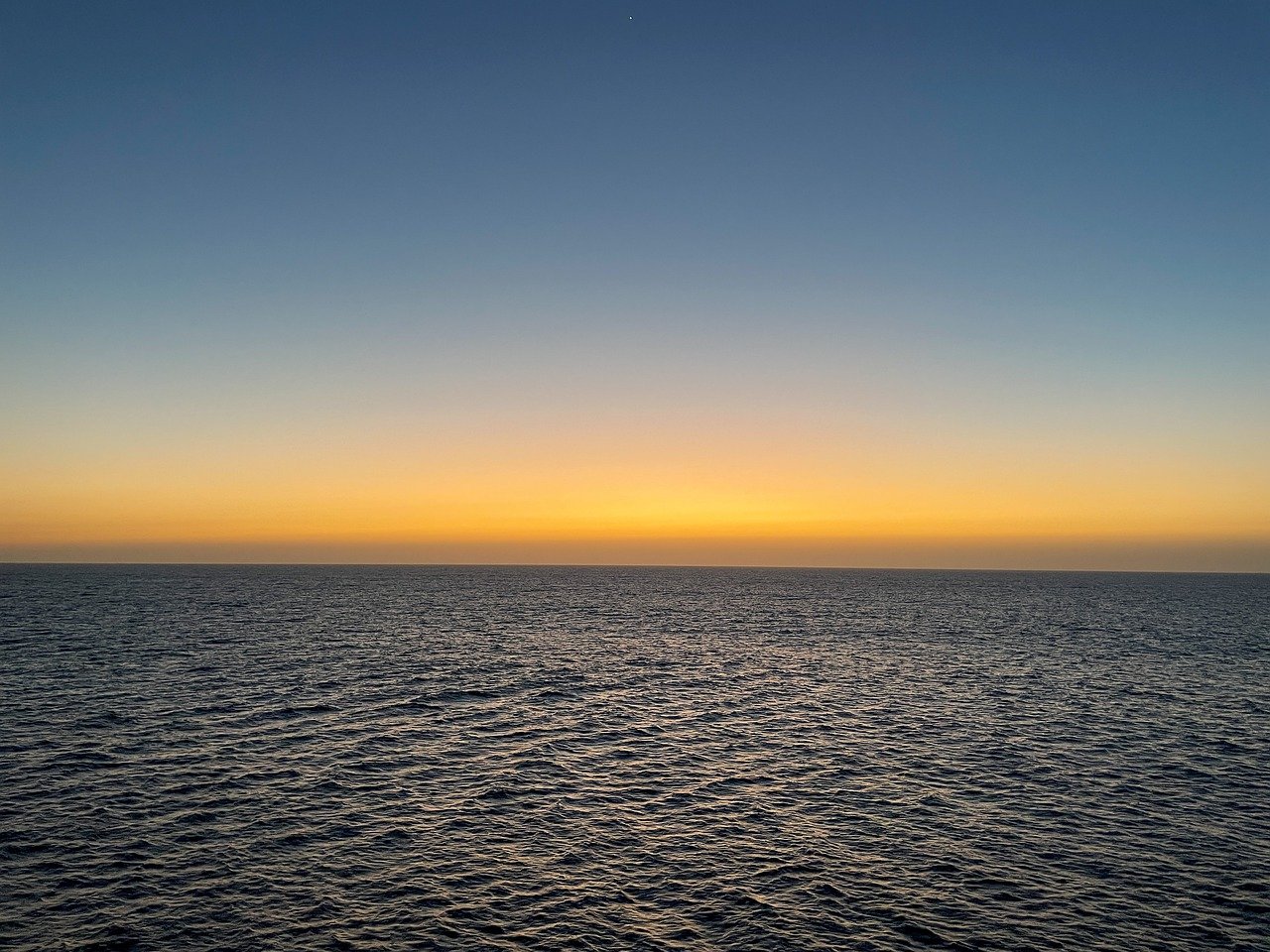
Ocean-Inspired Collage
Creating an is not just a fun craft; it's a fantastic way for kids to explore their creativity while learning about the diverse world beneath the waves. Imagine diving into a sea of colors, textures, and shapes, where every piece of paper represents a different marine creature or element of the ocean. This craft allows children to express their artistic flair while also gaining insights into the beauty and complexity of marine life.
To start, gather a variety of materials that can be transformed into an oceanic masterpiece. You can use items like colored paper, magazines, fabric scraps, and even natural elements like sand or shells. The beauty of this craft is that it encourages imagination and resourcefulness. Kids can choose to represent their favorite sea creatures, such as fish, dolphins, or even whimsical mermaids. Not only does this project foster creativity, but it also serves as a wonderful opportunity to discuss the different habitats and ecosystems found in the ocean.
Here’s a simple step-by-step guide to making your own ocean-inspired collage:
- Gather Your Materials: Collect various papers, scissors, glue, and any additional decorations like glitter or stickers.
- Plan Your Design: Before gluing anything down, sketch a rough outline of your collage on a larger piece of paper or cardboard. Decide where each element will go.
- Cut and Assemble: Cut out shapes from your materials, representing different ocean elements. For example, blue waves, green seaweed, and colorful fish. Start gluing them onto your base, layering them for depth.
- Add Details: Use markers or crayons to add details like eyes, scales, or patterns. This is where the kids can really let their creativity shine!
- Display Your Art: Once finished, find a special spot to display the collage. It could be on a wall, a refrigerator, or even as a centerpiece on a table.
This activity not only enhances fine motor skills as children cut and glue but also promotes storytelling. After completing their collages, kids can share the stories behind their creations, explaining the different creatures and elements they included. This narrative aspect adds an educational layer, making the crafting experience even more enriching.
Additionally, you can turn this into a group activity. Invite friends or family to join in, creating a collaborative ocean mural. This fosters teamwork and allows children to learn from each other’s artistic choices. They can discuss why they chose certain colors or creatures, sparking conversations about marine biology and environmental conservation.
In conclusion, an ocean-inspired collage is not just a craft; it's a gateway to understanding and appreciating the underwater world. It encourages children to explore their creativity while learning about the importance of marine ecosystems. So, gather your materials, unleash your imagination, and dive into this colorful ocean adventure!
- What age group is suitable for this craft? This craft is ideal for children aged 5 and up, with adult supervision for younger kids.
- Can we use recycled materials? Absolutely! Using recycled materials adds an eco-friendly twist to your collage.
- How long does this activity take? The collage can take anywhere from 30 minutes to a couple of hours, depending on the complexity and detail involved.
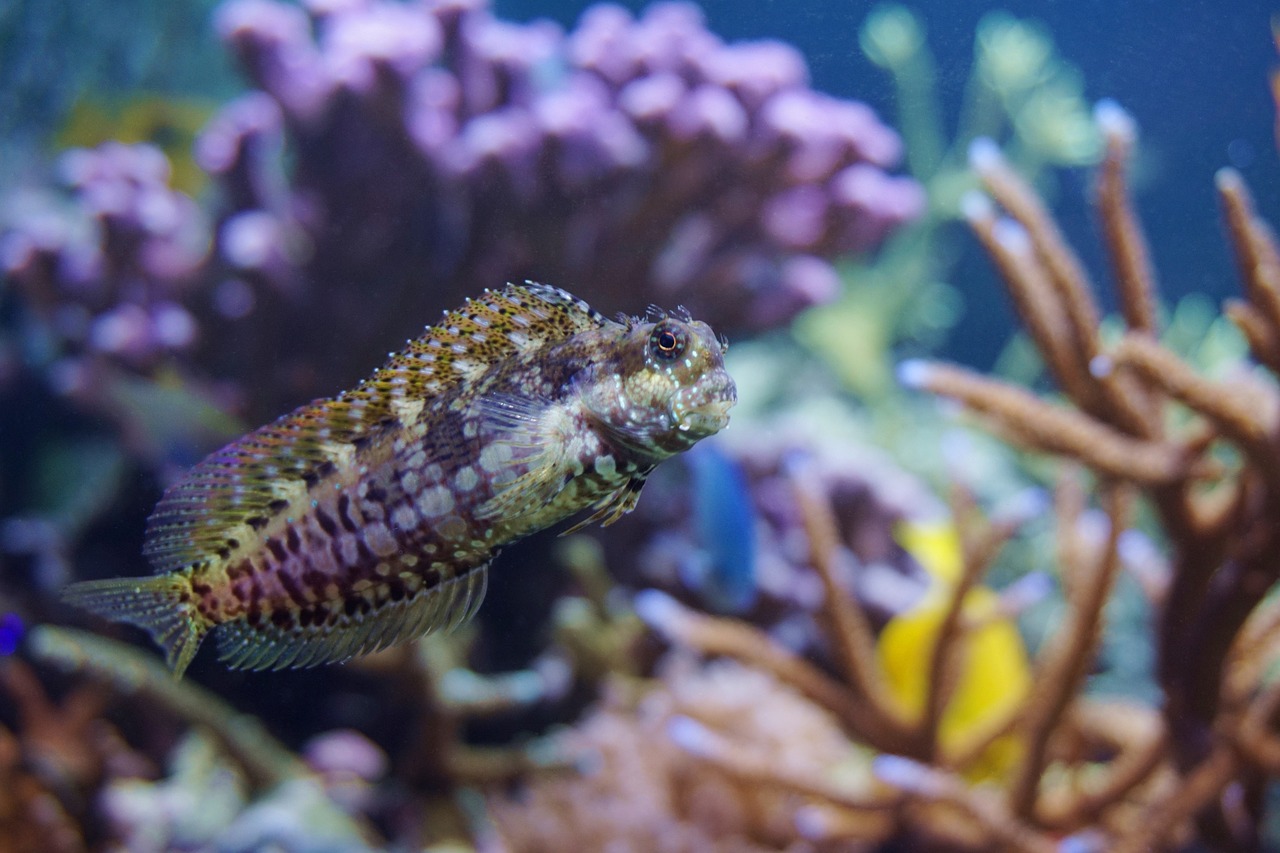
DIY Underwater Scene in a Jar
Creating a is not just a craft; it's an adventure that transports kids to the depths of the ocean without ever leaving home! Imagine the excitement on their faces as they design their own little marine world, filled with colorful fish, shimmering seaweed, and perhaps even a treasure chest waiting to be discovered. This craft is perfect for sparking creativity and curiosity about marine life while also enhancing fine motor skills through the layering and assembling process.
To kick off this aquatic journey, gather your materials. You'll need a clear jar (like an old mason jar or a glass container), some blue food coloring, water, and various decorations such as small plastic sea creatures, pebbles, and faux plants. These items can often be found around the house or at a local craft store. The beauty of this craft is in its flexibility; you can use whatever you have on hand to create a unique underwater landscape.
Once you have your materials ready, it's time to dive in! Start by filling the jar with water, leaving a little space at the top. Add a few drops of blue food coloring to give the water that stunning oceanic hue. This simple step transforms the ordinary water into a vibrant sea, making the entire scene come alive. Kids will love watching the color swirl and mix, just like the ocean waves!
Next, it's time to layer in the decorations. Encourage the kids to think about how real ocean habitats are structured. They can start by placing pebbles at the bottom to represent the ocean floor. Then, they can add faux plants to create a sense of depth. This is where their imagination can truly shine! They might choose to create a coral reef or a seaweed forest. As they arrange their decorations, remind them that they can think of this as an underwater garden, where every piece plays a role in the ecosystem.
After the base is ready, it's time to add the sea creatures! Whether it's tiny fish, starfish, or even a whimsical mermaid, let your child's creativity flow. Each addition can tell a story—perhaps there's a curious clownfish peeking out from behind a rock or a friendly dolphin leaping through the water. This part of the project not only nurtures creativity but also encourages storytelling, as kids can create narratives around their aquatic inhabitants.
Once everything is in place, seal the jar tightly. You can even add a decorative ribbon around the neck of the jar for a charming touch. This underwater scene can now be displayed proudly on a shelf or used as a centerpiece. It's not just a craft; it's a window into a magical underwater world that your child created with their own hands!
As a bonus, this activity can lead to discussions about marine life and environmental conservation. Talk to your kids about the importance of keeping our oceans clean and how they can help protect marine habitats. This way, they not only enjoy crafting but also learn valuable lessons about the world around them.
In summary, creating a DIY Underwater Scene in a Jar is a fantastic way to blend creativity with education. It’s an engaging project that allows children to explore their artistic side while learning about the fascinating underwater ecosystem. So gather your materials, unleash your imagination, and dive into this oceanic adventure!
Q: What age group is this craft suitable for?
A: This craft is suitable for children aged 5 and up. Younger children may need assistance, especially with handling glass jars.
Q: Can we use real water instead of colored water?
A: Yes, you can use real water, but colored water adds a fun element and enhances the visual appeal of the underwater scene.
Q: How can we make this craft more eco-friendly?
A: Consider using recycled materials for decorations, such as old toys or natural items like shells and stones. This promotes sustainability and creativity.
Q: What if we don’t have plastic sea creatures?
A: You can draw and cut out paper fish or use natural elements like sea glass or shells to create your underwater scene.
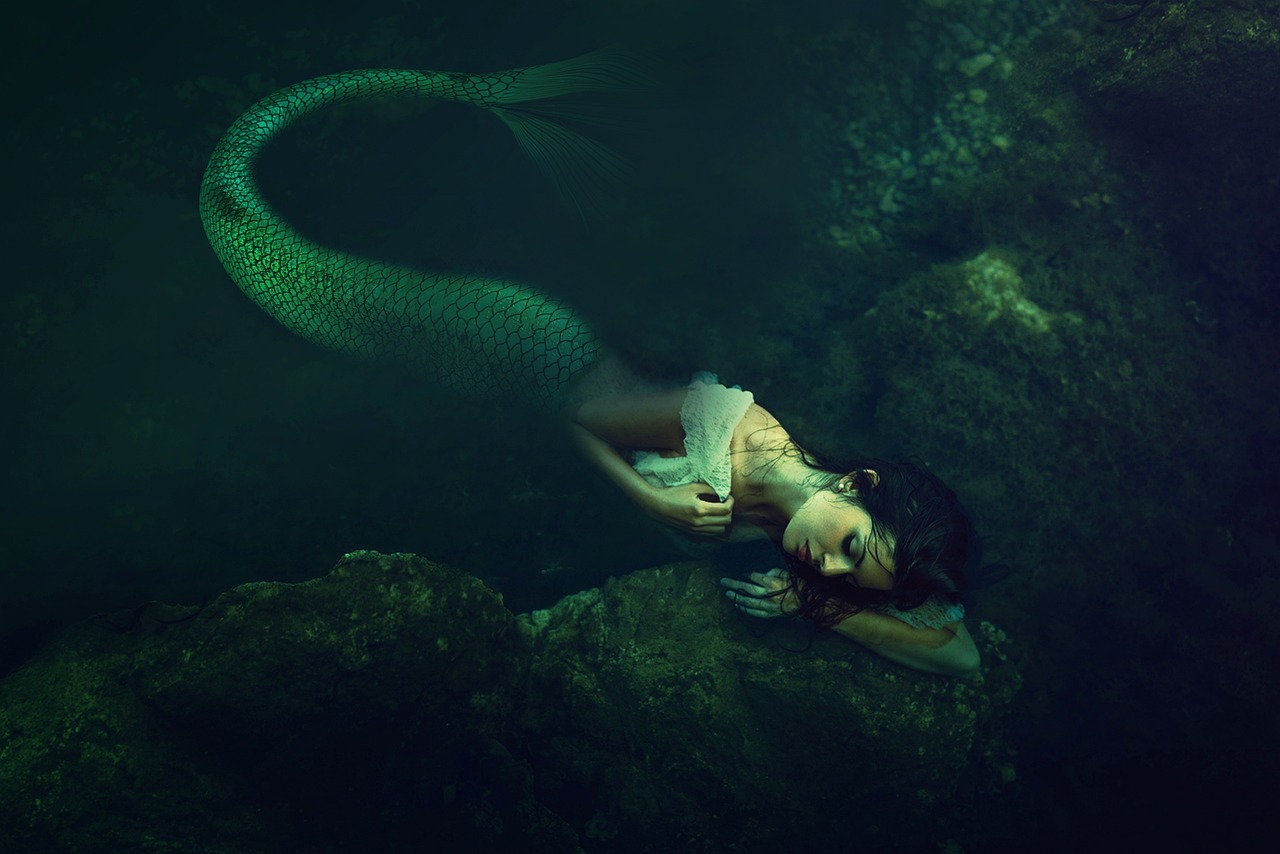
Sea Creature Puppets
Creating is a fantastic way for kids to dive into their imaginations while learning about the diverse marine life that inhabits our oceans. Not only does this craft encourage creativity, but it also fosters storytelling skills as children bring their puppets to life. Imagine your child crafting a vibrant clownfish or a majestic octopus, and then putting on a puppet show for the family! The joy and laughter that ensue can make for cherished memories.
To get started, you don’t need a treasure chest full of supplies—just a few common items that you probably already have at home. Here’s a list of materials you might consider:
- Colorful construction paper or felt
- Scissors
- Glue or a glue stick
- Markers or crayons
- Googly eyes
- Popsicle sticks or straws
Once you have your materials ready, the crafting process can begin! Here’s a simple step-by-step guide to making your very own sea creature puppet:
- Choose Your Sea Creature: Decide which creature you want to create. Is it a friendly dolphin or a sneaky shark? The ocean is full of options!
- Cut Out the Shape: Use construction paper or felt to cut out the shape of your chosen creature. This can be as simple or as detailed as you like.
- Add Details: Use markers, crayons, or additional pieces of paper to add features like fins, scales, or facial expressions. Let your imagination run wild!
- Attach a Handle: Glue a popsicle stick or straw to the bottom of the puppet so that it can be easily manipulated during playtime.
- Put on a Show: Once your puppets are ready, it’s time to create a story! Encourage your child to think about their puppet's adventures under the sea, and then perform for family and friends.
This activity not only enhances fine motor skills through cutting and gluing but also promotes language development as children narrate their puppet shows. It’s a win-win situation that combines fun with learning!
As an added bonus, you can organize a puppet theater day where kids can showcase their creations. Set up a simple stage using a cardboard box, and watch as their confidence grows while they perform in front of an audience. This can be a wonderful way to bring friends and family together for a delightful afternoon of creativity and laughter.
So, gather your supplies, unleash your creativity, and let the ocean-inspired puppet-making adventure begin! Who knows? You might just discover a hidden talent for storytelling or a newfound love for the wonders of the sea.
Q: What age group is this craft suitable for?
A: This craft is great for children aged 4 and up, with adult supervision for younger kids when using scissors and glue.
Q: Can I use recycled materials for this project?
A: Absolutely! You can use old socks, paper bags, or even plastic bottles to create unique sea creature puppets.
Q: How long does it take to make these puppets?
A: Depending on the complexity, making sea creature puppets can take anywhere from 30 minutes to an hour.
Q: Can we incorporate learning about marine life into this activity?
A: Yes! Before or during the crafting process, discuss the characteristics of the sea creatures your kids are making. This can enhance their understanding of marine biology.

Homemade Ocean Sensory Bin
Creating a is not just a fun activity; it’s an incredible way to immerse children in the wonders of the ocean right from the comfort of your home! Imagine your little ones diving into a world filled with vibrant colors, intriguing textures, and imaginative play. This sensory bin can spark their curiosity about marine life while providing a hands-on learning experience that engages multiple senses. So, how do you create this magical underwater world? Let’s dive in!
First, you’ll need to gather some essential materials. You can use a large plastic bin or a shallow container, which will serve as the ocean floor. Next, fill it with a base material that represents water. This could be blue rice, water beads, or even colored sand. Each option not only looks stunning but also offers unique textures for children to explore. For example, blue rice is not only visually appealing but also gives a satisfying crunch when handled. Here’s a quick table to help you visualize your options:
| Material | Description | Texture |
|---|---|---|
| Blue Rice | Rice dyed with food coloring | Crunchy and grainy |
| Water Beads | Gel-like beads that expand in water | Soft and squishy |
| Colored Sand | Sandy grains dyed in various colors | Grainy and coarse |
Once you have your base ready, it’s time to add some fun ocean-themed elements! Think about incorporating small plastic sea creatures, shells, and even some faux seaweed made from green yarn or fabric. These additions not only enhance the visual appeal but also encourage imaginative play. Kids can create their own underwater adventures, pretending to be marine biologists discovering new species or explorers navigating through a coral reef.
To make the experience even more engaging, consider adding tools for exploration, such as scoops, cups, or small shovels. These tools can help children dig, pour, and sort through the materials, promoting fine motor skills and hand-eye coordination. Imagine your child’s eyes lighting up as they scoop up a handful of blue rice, only to discover a hidden starfish or a tiny dolphin! It’s all about the thrill of discovery.
Don’t forget to encourage your little ones to describe what they find as they explore their sensory bin. Ask them questions like, “What colors do you see?” or “How does this feel?” This not only boosts their vocabulary but also enhances their observational skills. Plus, it’s a great way for you to bond with them as they share their discoveries!
Finally, once playtime is over, you can easily clean up the sensory bin. Just gather the materials and store them in airtight containers for future use. You can even change the theme of the sensory bin based on different ocean habitats, like a coral reef or a deep-sea environment, keeping the experience fresh and exciting.
In summary, a is a fantastic way to engage children in sensory play while teaching them about the ocean. It’s simple to create, customizable, and above all, a lot of fun! So, gather your materials and prepare to watch your kids dive deep into their very own ocean adventure!
Q: What age group is this sensory bin suitable for?
A: This activity is great for children aged 2 and up, with adult supervision recommended for younger kids to ensure safety.
Q: How can I make the sensory bin more educational?
A: You can incorporate books about marine life, flashcards, or even videos about ocean habitats to complement the sensory experience.
Q: How do I clean up after playtime?
A: Simply gather the materials and store them in airtight containers. A vacuum can help pick up any small bits that may have spilled out.
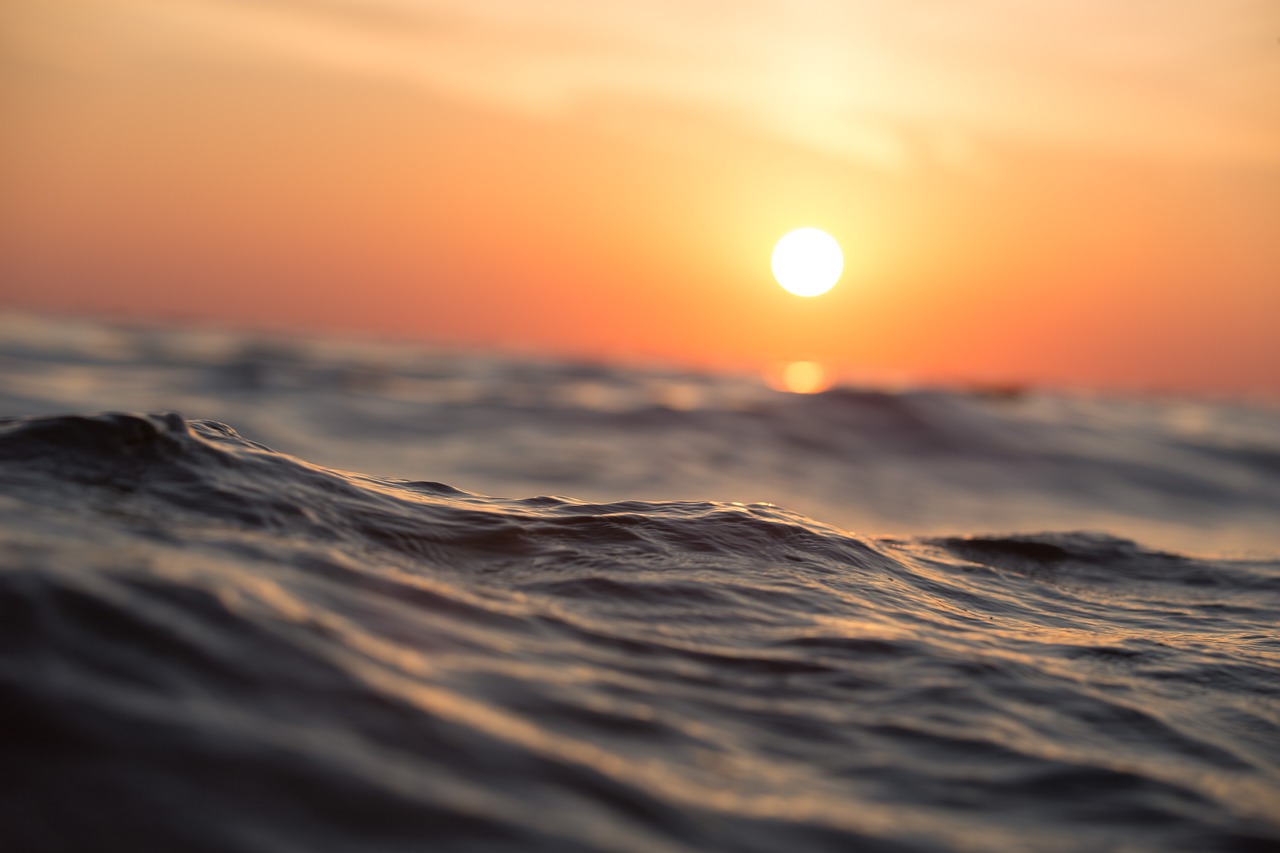
Recycled Bottle Jellyfish
Creating is not only a fun craft for kids, but it also serves as a fantastic way to teach them about the importance of recycling and the impact of pollution on our oceans. By transforming everyday plastic bottles into colorful jellyfish, children can engage their creativity while learning about marine life and environmental responsibility. This project is simple, entertaining, and a great conversation starter about ocean conservation.
To start this aquatic adventure, gather your materials. You will need:
- Empty plastic bottles (preferably clear)
- Scissors
- Paint or permanent markers
- String or yarn
- Googly eyes (optional)
- Glue
- Craft paper or tissue paper
Once you have everything ready, it's time to dive into the crafting process. Begin by cutting the plastic bottle in half. The bottom half will serve as the jellyfish's body, while the top half can be discarded or saved for another project. Next, take the bottom half and flip it upside down. This will be the jellyfish's bell.
Now comes the fun part—decorating! Use paint or markers to add vibrant colors to the outside of the bottle. Encourage kids to get creative: they can mix colors, add patterns, or even draw their favorite sea creatures on it. Once the paint is dry, it's time to create the jellyfish's tentacles. Cut strips of craft paper or tissue paper and glue them to the inside of the bottle's opening. The longer the strips, the more dramatic the jellyfish will look!
If you want to add a little extra flair, you can glue googly eyes to the top of the bottle, giving your jellyfish a fun and friendly face. Finally, take a piece of string or yarn, tie it around the neck of the bottle, and hang your jellyfish from the ceiling or in a window to let it sway like it's underwater. It’s like bringing a piece of the ocean into your home!
Not only does this craft provide a hands-on experience, but it also opens up discussions about ocean life and the importance of protecting our environment. Kids can learn about the various species of jellyfish and their unique roles in the ecosystem. This project is a perfect blend of creativity, education, and environmental awareness.
In conclusion, making recycled bottle jellyfish is an engaging activity that combines crafting with valuable lessons about sustainability. It’s a fantastic way for children to express their artistic side while also understanding the impact of plastic waste on marine life. So, gather those bottles and let your kids create their very own jellyfish—who knows, it might just inspire them to become future ocean advocates!
| Question | Answer |
|---|---|
| What age group is this craft suitable for? | This craft is suitable for children aged 5 and up, with adult supervision for younger kids when using scissors. |
| Can we use other materials instead of plastic bottles? | Yes! You can use paper cups or other recyclable materials to create jellyfish as well. |
| How can we make this craft more educational? | Discuss the jellyfish's habitat, diet, and role in the ecosystem while crafting. You can also research different jellyfish species together. |
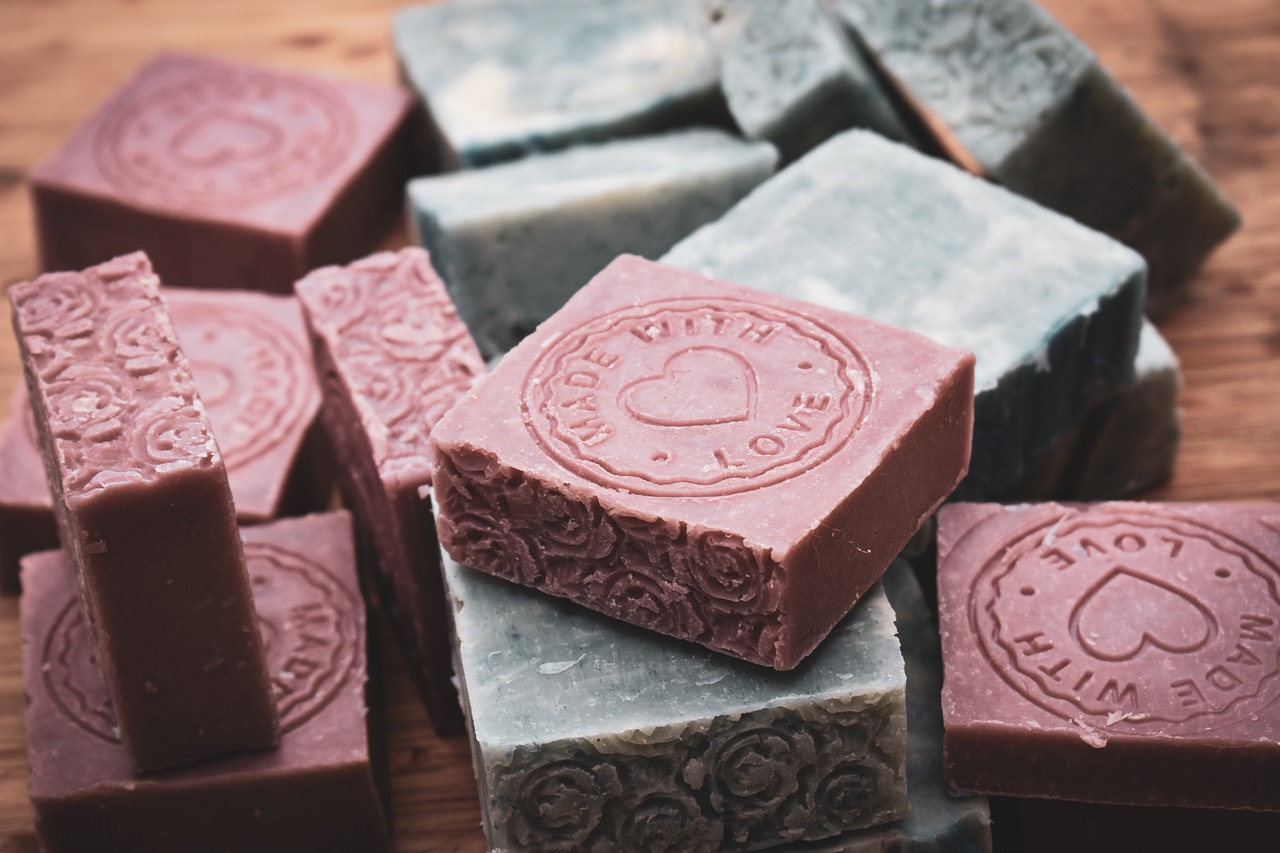
Conclusion and Crafting Tips
In conclusion, aquatic crafts are not just a delightful way for kids to express their creativity; they also serve as an incredible gateway to learning about the fascinating world beneath the waves. By engaging in these hands-on activities, children can develop fine motor skills, enhance their problem-solving abilities, and gain a deeper appreciation for marine life. So, whether you’re crafting colorful paper fish or creating a vibrant underwater scene in a jar, remember that the journey of discovery is just as important as the finished product.
To make the most out of your aquatic crafting experience, here are some helpful tips:
- Encourage Exploration: Let your kids dive into their imagination! Provide them with a variety of materials and allow them to experiment freely.
- Incorporate Learning: While crafting, take the opportunity to share interesting facts about the ocean and its inhabitants. This can make the crafting experience both fun and educational.
- Be Patient: Every child crafts at their own pace. Celebrate their efforts, and don’t worry too much about perfection. The joy is in the process!
- Make it a Family Activity: Crafting can be a wonderful bonding experience. Join in on the fun, and create aquatic masterpieces together!
Additionally, always consider using eco-friendly materials where possible. Not only does this teach children about sustainability, but it also instills a sense of responsibility towards our planet. By transforming everyday items into beautiful crafts, kids learn the importance of recycling and protecting our oceans.
Finally, remember that the world of aquatic crafts is vast and varied. Don't hesitate to mix and match different techniques and materials. For instance, combining the jellyfish project with a sensory bin can lead to an exciting new creation! The sky (or rather, the sea) is the limit when it comes to crafting!
Q1: What age group is suitable for aquatic crafts?
A1: Aquatic crafts can be tailored for various age groups. Younger children may enjoy simpler projects like paper fish, while older kids can tackle more complex crafts like the underwater scene in a jar.
Q2: What materials do I need for these crafts?
A2: Most aquatic crafts require basic supplies like paper, scissors, glue, and markers. For more advanced projects, you may need jars, recycled bottles, and various decorative items. Always check your home for materials before heading to the store!
Q3: How can I ensure my child learns while crafting?
A3: Incorporate educational discussions about marine life and environmental issues while crafting. Ask questions about what they’re making and encourage them to share their thoughts and ideas.
Q4: Can we use recycled materials?
A4: Absolutely! Using recycled materials not only makes crafting more eco-friendly but also teaches children about the importance of reusing and recycling.
By following these tips and embracing the joy of crafting, you'll create unforgettable memories while fostering a love for the ocean in your children. Happy crafting!
Frequently Asked Questions
- What age group is suitable for aquatic crafts?
Aquatic crafts are perfect for children aged 3 and up! Younger kids can enjoy simple projects with adult supervision, while older kids can tackle more complex crafts. It’s all about adapting the craft to fit their skill level and interests.
- Do I need special materials for these crafts?
Not at all! Most aquatic crafts can be made with common household items like paper, scissors, glue, and recycled materials. You can also incorporate eco-friendly supplies if you want to make it a sustainable crafting experience.
- How can aquatic crafts help my child's learning?
Aquatic crafts are a fantastic way to blend fun and education! They encourage creativity and fine motor skills while teaching kids about marine life and ecosystems. Plus, they get to express themselves artistically, which boosts confidence!
- Can I do these crafts with my child?
Absolutely! Crafting together is a wonderful bonding experience. It allows you to guide them, share ideas, and even learn about the ocean together. Plus, it’s a great way to create lasting memories!
- What if my child doesn’t like the craft?
That’s okay! Every child has different interests. If they’re not into a specific craft, try another one from the list. The goal is to keep it fun and engaging, so don’t hesitate to switch it up!
- Are there any safety concerns with these crafts?
Safety is key! Always supervise younger children, especially when using scissors or glue. Make sure to use child-safe materials and check for any allergies if you’re using items like paint or glitter.
- How can I encourage my child's creativity during crafting?
Encouragement is essential! Allow them to explore their ideas, suggest variations, and let them take the lead. Celebrate their creations, no matter how big or small, and remind them that there’s no right or wrong way to craft!



















